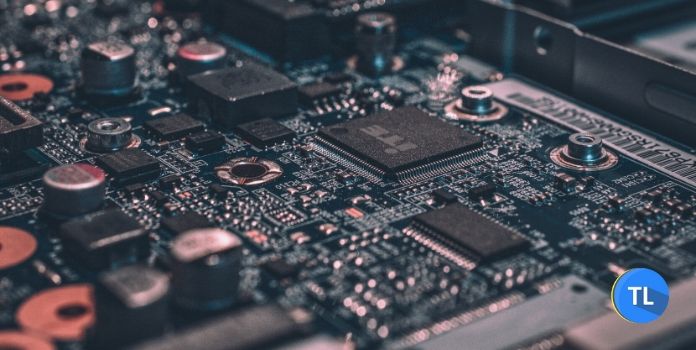The connectivity of devices and objects through sensors, known as the Internet of Things (IoT), is a rising value in the catalog of business technologies available today.
In 2025, 40% of the implementations of this technology will be located in the industrial sector*.

The application of IoT systems has extended from their introduction in everyday elements (household appliances, vehicles or intelligent clocks) to their adoption in all types of infrastructures (manufacturing centers, energy production plants, industrial maintenance systems, etc.) says The Gaylord Box Exchange.
The connection between different devices makes it possible to know the performance of all devices (including specific parts of a given machine) in order to optimize their use and anticipate possible breakdowns, which can be resolved before they occur. IoT technology provides large volumes of data that are automatically analyzed in real-time to provide companies with valuable information that facilitates faster and more accurate decision making. This knowledge improves control and reduces uncertainty over the company’s business processes.
Prodware, a multinational expert in consulting and implementation of technological solutions for the digital transformation of companies, analyzes some of the main applications of IoT systems:
Connected Industry
Sensing every phase of the production chain – from design to sourcing, manufacturing or supply – helps to maximize the benefit of the processes. At each step, there are a number of variables that can be optimized with the right data and tools. Built-in devices and sensors provide information on execution speed, efficiency level, device temperature, etc., enriching system knowledge to improve management. This makes it possible to reduce downtime or identify bottlenecks to avoid delays, among other advantages.
Remote Supervision and Predictive Maintenance
Capturing data from remote devices and integrating them into the company’s systems makes it possible to know in advance and at a distance the possibility of a part breaking down, as well as to analyze the conditions in which they work.
In practice, the company can find out the causes of possible failures, prepare the inventory with the right parts and address the incident on-site at the right time. This helps to reduce service costs, increase uptime and improve the customer experience.
The more data collected, the more accurate the predictions and the more accurate the business decisions will be. In this way, efficiency improves exponentially over time. IoT technology, supported by automatic learning, is a safe bet insofar as it offers a real competitive advantage to companies to continue developing and growing by knowing exactly where to improve and the most efficient and profitable areas.
In recent years, there has been a steady growth of the Internet of Things (IoT), even taking control of the positive and negative effects that living things have on the environment. Thanks to this technology, information can be generated that makes it possible to reduce pollution or the excessive use of chemical products.
These applications of IoT in the environment are usually made through sensors, very small whose function is to obtain data to take action in favor of the environment. Among the main benefits to the environment are efficient management of resources, reduction of pollution and climate change, protection of endangered species or optimization of agriculture.
For example, in the case of the protection of endangered animals, the members of the species carry connected identifiers that provide the location of where they are located. Thus, through the information provided, scientists can study how animals behave and their movements. In addition, Environmental IoT sensors are established along with the habitats of these species that can measure parameters such as the quality of water or air, as well as locate harmful substances that can generate pathologies or deterioration in the immune systems of these animals.
Conclusion
In short, the IoT offers a wide range of advantages and can help prevent the situation on our planet from getting even worse. Although it is true that through this technology we have advanced in the care of our environment, much remains to be discovered. Everything points to a connected world where technology can guarantee sustainable solutions to improve everyone’s lives.
